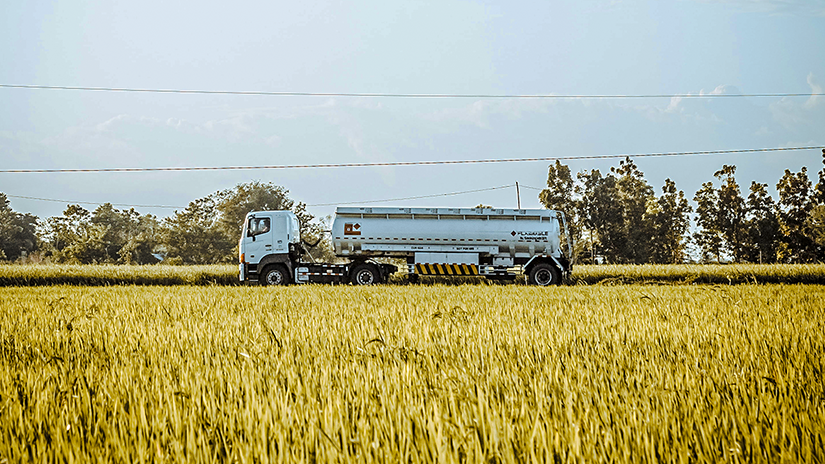
The demands on your fleet change throughout the year. In most cases, it’s due to seasonal changes in customer requirements or location. With the right data, you can accurately predict these changes and ensure minimal disruption to your fleet.
Most fleets are part of a bigger picture: they are facilitating or supporting the core business. For any fleet to be truly efficient it needs to enable the core business to function optimally and even grow. This means fleet managers must be able to pre-empt the needs of the core business in order to ensure their fleet is ready to meet changes in demand.
In the local fresh produce industry, for example, seasonal changes could mean a complete routing and schedule change. The same fleet that collects and transports produce from one side of the country during the summer months can make a complete shift and collect from completely different locations during the winter. This affects the entire playbook:
- Vehicle requirements may change
- Longer or shorter routes will affect driver scheduling
- Warehousing needs and locations may change
- Transport and storage times will differ
- Road conditions and transport risks may change
- Loading and unloading times and requirements may change
- Vehicle maintenance and servicing needs could change as a result of mileage changes
- Admin requirements, such as insurance needs, could change as a result of any of the above-mentioned points
- Fuel and toll costs could change
If your business is affected by seasonal changes then your fleet most certainly needs to adapt in order to run as efficiently as possible. On the face of it, it might seem as if you can simply reroute and adapt schedules, but experienced fleet managers know this is a guaranteed way to start losing money. If your fleet isn’t 100% fit for purpose during seasonal changes, you are spending more on your fleet than you need to.
Want to know if your fleet is fit for purpose? Take our fit-for-purpose survey on the right to gain some insights.
Collect the data
To keep your fleet running at its best in all seasons, you need access to comprehensive data. GPS tracking and a Telematics system will help you identify the ‘hidden changes’ to your fleet as seasonal demands fluctuate. You need to identify the exact demands of your fleet throughout the year. Accurate data tracking will enable you to:
- Combine loads or routes where possible, saving you time, fuel and vehicle maintenance
- Identify any vehicles that aren’t a perfect fit all year. This could lead to options such as short-term rentals when needed, or reallocating certain vehicles. This way you don’t have vehicles standing idle for weeks or months at a time. It also means you don’t have vehicles doing a job they aren’t designed for, which just leads to overspending on fuel and maintenance.
- Collecting data throughout the year allows you to better plan for each season and ensure your fleet is 100% ready. This reduces the risk of delays.
Any fleet that must make seasonal adjustments needs extremely precise data-based management, otherwise, you don’t even realise where you’re losing money. This is the only way to ensure your fleet expenses are kept to a minimum while reliably getting your business done.
Not all changes are seasonal
Fleets transporting items such as fresh produce and clothing can usually predict their demand depending on the season. Many demand changes, however, don’t follow an entirely predictable pattern.
Tech companies, for example, need to adjust their transport and warehousing needs depending on demand. If there is a new product release (such as new mobile phones), the companies involved must adjust for an increase in demand which means an increase in transport and warehousing needs.
The same goes for specific dates such as public holidays or occasions like Valentine’s Day: many industries see an increase in demand for certain products which again affects fleet needs.
With accurate data tracking, it is possible to pre-empt the demands that will be placed on your fleet. Companies can compare year-on-year data to see precisely when and why the fleet needs to be changed. This allows fleet managers to prepare for similar or increased changes each year.
Many fleets are affected by seasonal changes that can be easily managed with the right data. Prepare your fleet for seasonal changes and cut costs with our Fleet Management Policy eBook.

